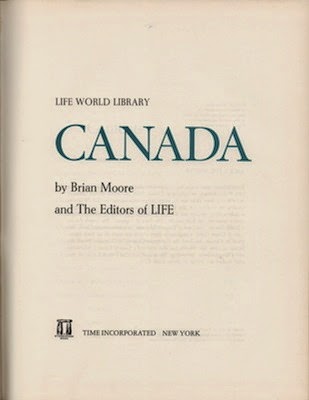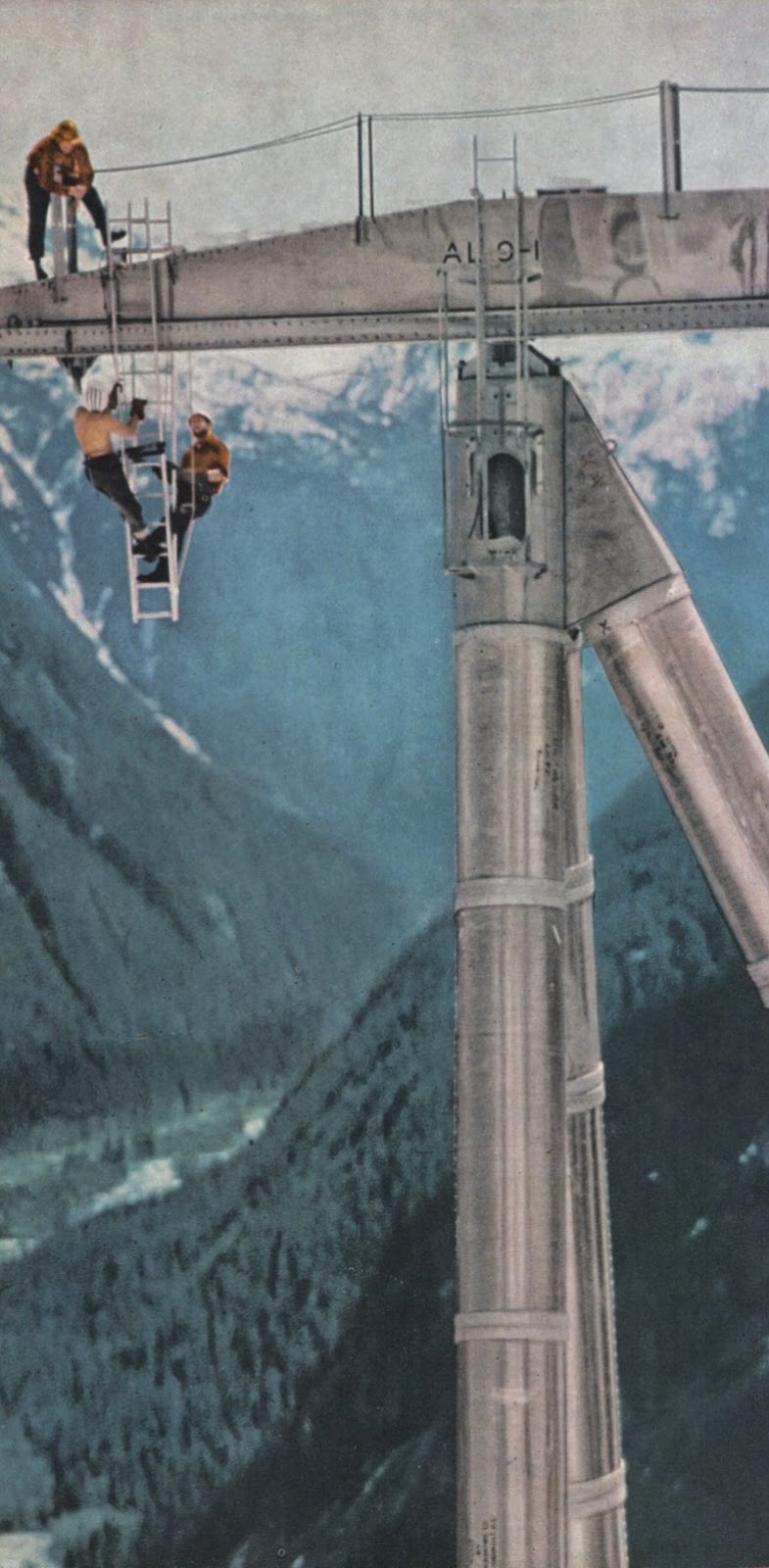The Temple on the River [Les Écœurants]
Jacques Hébert [trans. Gerald Taaffe]
Montreal: Harvest House, 1967
More novella than novel, I first read The Temple on the River a couple of hours before meeting the author. Picking it up twenty-eight years later later, I remembered little. A coming of age story, right?
Why The Temple on the River didn't stay with me must have to do with the speed at which it was read. A very entertaining story, it's infused with brilliant humour of the blackest sort.
The narrator and protagonist is François Sigouin of the Quebec City Sigouins. His father is a Superior Court judge, as was his father before him… that is until grand-père raped the niece of a Dominican father on the Plains of Abraham. The flames of scandal are quickly extinguished, but not before they kill proper, pearl-wearing grand-mère. The newly widowed judge retires to the village of La Malbaie, "where they can't believe that one of the Sigouins could be a dirty old man", never mind a rapist.
Young François is summoned to keep his exiled grandfather company, but spends most of his time in the company of housekeeper Sévérine, an elderly spinster:
She was still in the Legion of Mary at sixty-five, the kind of old woman that hangs around the sacristy, on the prier's skirts, all year round, a frog boiled to death in holy water. At her age she kept suing that she was a virgin and pure, though she didn't take two baths a year.Under Sévérine's guidance François becomes an enthusiastic churchgoer, but this has everything to do with pretty Mireille, the beer-drinking labourer's daughter, who seems always to be sitting beneath a statue of St Anthony.
The Temple on the River is indeed a coming of age novel. Returning to it all these years later I was surprised to find that it takes place decades after the author's own youth. François watches television, dreams of destinations depicted in Air France travel posters and later, as a student at the Collège des Jésuits, listens jazz and bad poetry at a Quebec City beatnik club. His adolescence leads to the Quiet Revolution, when it could be argued Quebec itself came of age.
Hébert himself played a liberating role during those years. He was an old man of forty-three when the story of François Sigouin was first published, yet it demonstrates a true understanding of the younger generation.
That would be the generation before mine. I could be wrong.
Object: A 175-page paperback in Penguin orange, slightly wider than a typical mass market. It features ten full-page illustrations by Pierre Lusier. In 1985, I purchased my copy – then not inscribed – from a Montreal bookseller for 25 cents.
Access: The Temple on the River was published simultaneously in paper and cloth – then never again. Two paperback copies are currently list online – $9.99 and $19.95 – but I recommend the uncommon cloth. Both have dust jackets, both are inscribed, and at US$33.75 and US$39.00 aren't too far apart in terms of price.
The original French, Les Écœurants, was published in 1966 by Éditions du Jour. I've never seen a copy, so shamefully present this image (right), lifted from a Gatineau bookseller. He's asking only $10.00, which seems a very good deal. It was last reissued in 1987 by Stanké.
Most universities have a copy, as does Bibliothèque et Archives nationals du Québec, but Library and Archives Canada fails. The only public library that serves is that of the City of Vancouver. Curiously, the French-language original is much more common in English-language institutions.
































